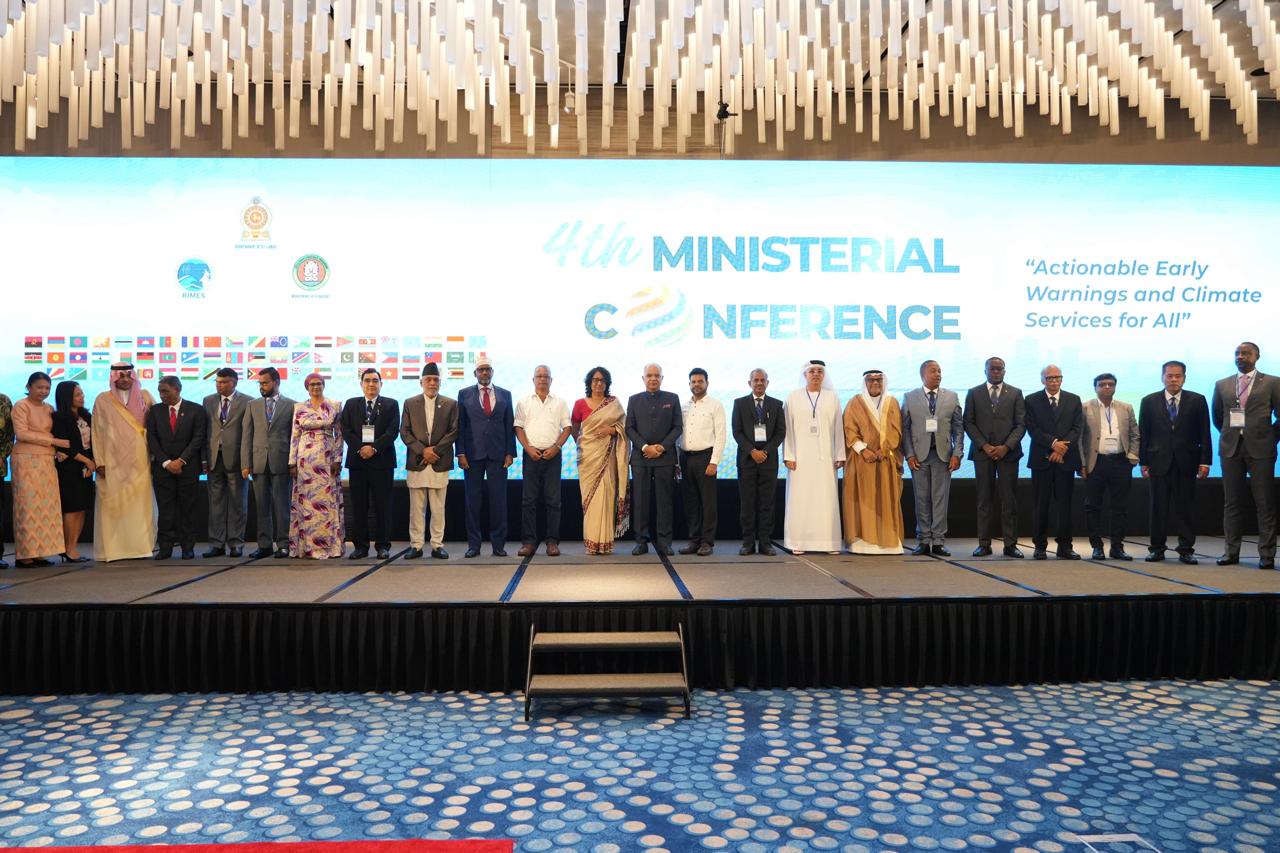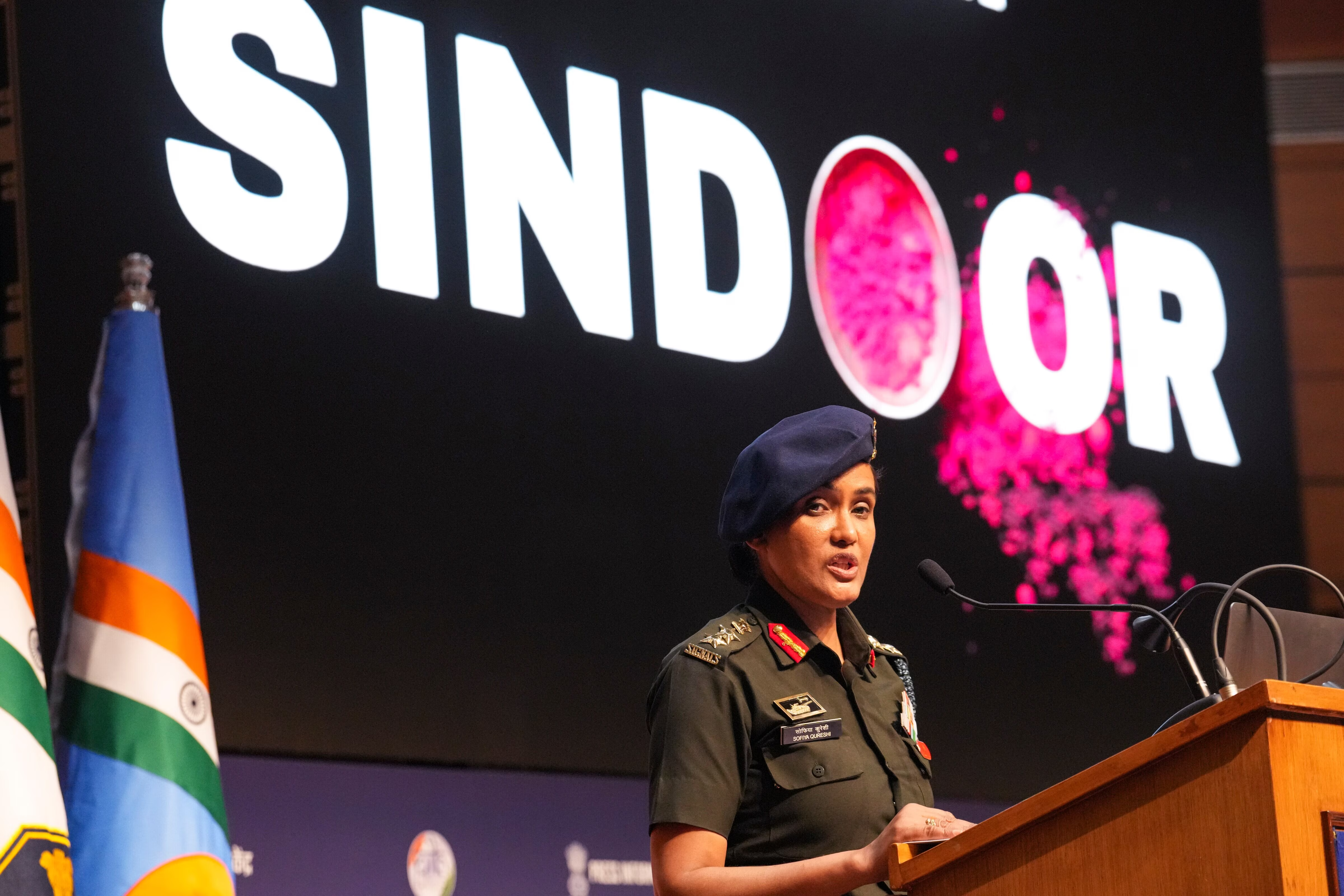- Courses
- GS Full Course 1 Year
- GS Full Course 2 Year
- GS Full Course 3 Year
- GS Full Course Till Selection
- Online Program
- GS Recorded Course
- NCERT (Recorded 500+ Hours)
- Polity Recorded Course
- Geography Recorded Course
- Economy Recorded Course
- AMAC Recorded Course
- Modern India, Post Independence & World History
- Environment Recoded Course
- Governance Recoded Course
- Science & Tech. Recoded Course
- International Relations and Internal Security Recorded Course
- Disaster Management Module Course
- Ethics Recoded Course
- Essay Recoded Course
- Current Affairs Recoded Course
- CSAT
- 5 LAYERED ARJUNA Mentorship
- Public Administration Optional
- ABOUT US
- OUR TOPPERS
- TEST SERIES
- FREE STUDY MATERIAL
- VIDEOS
- CONTACT US
RIMES 4th Ministerial Conference 2025 & India’s Role
RIMES 4th Ministerial Conference 2025 & India’s Role
13-05-2025

- The 4th Ministerial Conference of the Regional Integrated Multi-Hazard Early Warning System (RIMES) was held from 6th to 9th May 2025 in Colombo, Sri Lanka.
- It was hosted by the Government of Sri Lanka and supported by key international development partners, including The World Bank and the United Kingdom’s Foreign, Commonwealth and Development Office (FCDO).
- The theme of the conference was "Actionable Early Warnings and Climate Services for All"
- This conference served as a significant global platform to advance discussions on strengthening early warning systems for disasters.
- It focused on enhancing climate resilience across vulnerable countries, especially in Asia and Africa.
- A major focus was placed on supporting the implementation of the United Nations’ ‘Early Warnings for All’ initiative, which aims to ensure that every person on Earth is protected by early warning systems by 2027.
What is the Regional Integrated Multi-Hazard Early Warning System (RIMES) ?
- The Regional Integrated Multi-Hazard Early Warning System (RIMES) was established on 30 April 2009, following the devastating 2004 Indian Ocean tsunami.
- It was created with assistance from the UNESCAP-administered Tsunami Trust Fund to improve regional coordination in disaster risk reduction.
- The organization is headquartered at the Asian Institute of Technology (AIT) Campus in Pathum Thani, Thailand.
- RIMES has a broad membership comprising :
- 22 Member States (INDIA is also a member country)

-
- 27 Collaborating Countries across Africa and Asia.

- RIMES operates with the core objective of providing science-based, timely, and actionable early warnings for multiple hazards like:
- Earthquakes
- Tsunamis
- Floods
- Cyclones
- Climate-related risks.
- It focuses on developing end-to-end early warning systems, covering everything from detection to community-level response.

- RIMES also plays a crucial role in offering technical support, building institutional capacity, and engaging communities to ensure that warnings are understood and acted upon effectively.
What Were The Key Outcomes of the 4th Ministerial Conference (May 2025) ?
- One of the key outcomes of the 2025 conference was the adoption of the Ministerial Declaration.
- This declaration reaffirmed the importance of regional cooperation in disaster risk reduction.
- Outlined:
- Policy direction
- Institutional strengthening
- Funding support
- Clear action points for governments to improve disaster preparedness
- Governments agreed on action points to improve disaster preparedness and resilience through collaborative mechanisms.
- Another major outcome was the planned expansion of successful climate resilience initiatives like CARE (Climate Adaptation and Resilience) and the South Asia Hydromet Forum (SAHF) will now be expanded to:
- Africa
- South-West Indian Ocean
- Middle East
- Southeast Asia
- Pacific Island Nations
- These efforts are aligned with the UN's “Early Warnings for All (EW4All)” Initiative – launched by the UN Secretary-General – targeting universal early warning coverage by 2027.
- The conference also stressed the importance of innovation, public policy, and financial strategies in building resilient infrastructure.
- Key suggestions included integrating artificial intelligence and data analytics into forecasting models, encouraging public-private partnerships, and securing sustainable investment for climate resilience.
What Was India’s Role & Contributions In This ?
- India played a prominent role in the conference, serving as Co-Chair alongside Sri Lanka.
- India currently holds the Chairmanship of the RIMES Council, underlining its leadership in regional climate governance and disaster management.
- India's participation reaffirmed its commitment to supporting regional and global early warning initiatives.
- A notable contribution from India was its proposal to host a dedicated RIMES Regional Centre for South Asia.
- This centre would serve as a hub for enhancing technical coordination, improving data sharing, and facilitating a more integrated response system across South Asian nations.
- The proposal reflects India’s strategic vision and growing commitment to building climate-resilient infrastructure and supporting disaster preparedness in the Indian Ocean and South Asia region.


